By site editor Dan Chung:
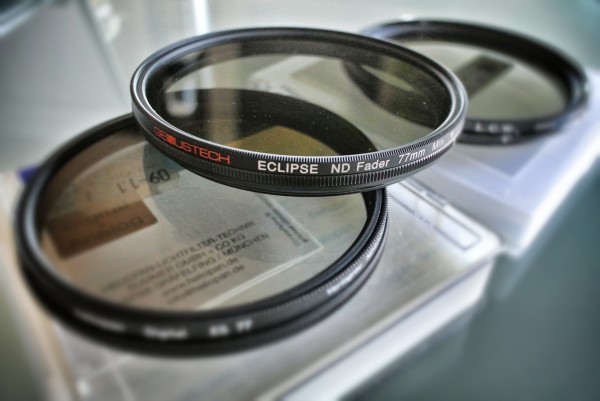
For many DSLR news shooters a Fader (or variable neutral density) filter is an accessory they rely on daily, because all DSLRs and some camcorders lack any form of built-in neutral density filter. Only the newer large sensor camcorders like the Canon C300, Sony F3 and FS700 or Panasonic AF100 have built in neutral density (ND) filters.
I’ve been using the new Genus Eclipse Vari ND for a few weeks now and have been particularly impressed with it. I chose the 77mm version as it fits the majority of my lenses, but other sizes are available.
A variable ND is simply two glass polarising filters sandwiched into the same filter mount, which rotate for a darkening effect – the more you rotate the darker it gets. This means in bright surroundings you can limit the amount of light entering the lens, giving you more freedom to shoot at a specific aperture, shutter speed and ISO of your choosing. If you want wide apertures for the classic shallow depth of field effect, you will be able to attain these more easily on bright days with the use of a Vari ND filter.
You can of course use fixed ND filters instead that come in different strengths. This is how it is done in the Cinema world – usually in combination with a Mattebox. These filters are a bit sharper. However, multiple glass filters can be expensive and take time to change. For run-and-gun shooting the Vari ND is far more practical – I would miss far too many shots changing ND filters.
All Vari ND filters will darken an image even when set to their minimum, which is usually about two f-stops worth. This does mean that in low light situations the Vari ND does need to be removed from the lens.
To date one of the biggest issues with many Vari ND filters has been the quality of the image they produce. Some have poor glass which produces colour shifts and softness of the image. This is compounded by the fact that the Vari ND is actually two pieces of glass and not one. This softening of the image is exaggerated when you use longer lenses. Some Vari ND filters I have used in the past were very soft on the long end of a 70-200mm lens.
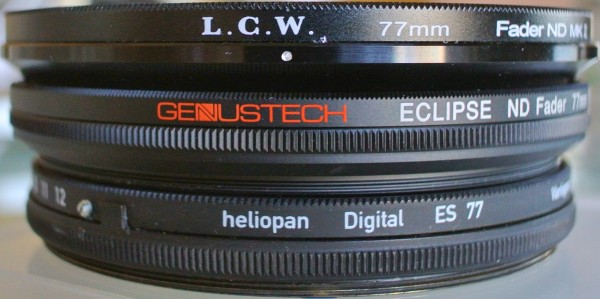
That is where the new Genustech Eclipse Vari ND comes in. It offers much sharper image quality than previous filters at its price point. I compared it directly to the popular Lightcraft workshop Fader ND mkII and found the Genustech to be significantly sharper.
I also compared the Genustech to the excellent and much more expensive Heliopan Vari ND filter. To my surprise, I found the level of sharpness of the two filters to be much the same. The Genustech has a suggested retail price of $165 US, while the Heliopan is $443.99 US at B&H Photo.
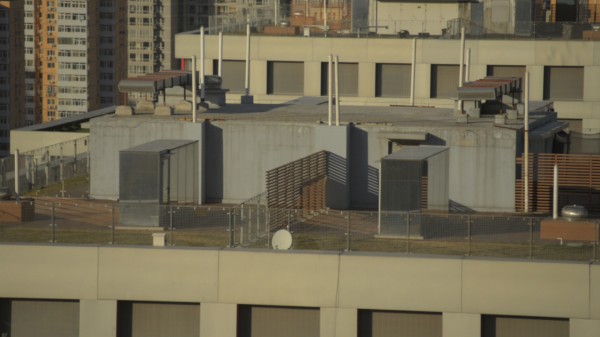
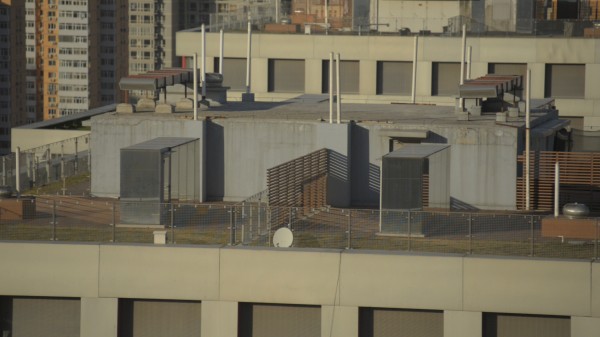
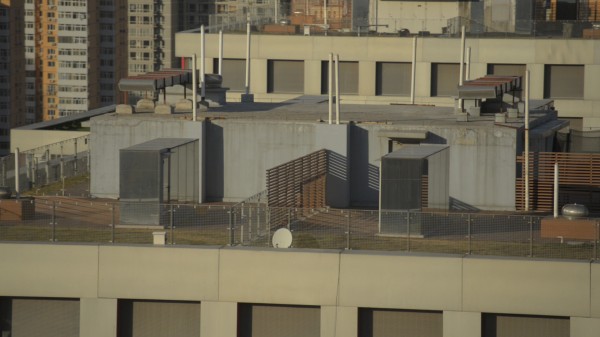
The Genustech Vari ND has markings on the rotating filter ring that indicate full f-stops of darkening. These make it easier to repeat a setting and know where you are in the filter’s range. The ring is nicely dampened; turning smoothly, it is neither too loose nor too tight.
Colour was also good with the Genustech. There is a slight warming effect when using the filter, but it’s not unpleasant. More importantly, there do not appear to be any major colour shifts – it does not become excessively green when darkening unlike some cheaper Vari NDs.
As you reach maximum amount of darkening with Vari ND filters you start to see what is known as the extinction effect. This looks like a darkened cross in the image. Inferior filters start to do this much sooner than the Genustech and limit the useful range of neutral density. In my tests the Genustech had over 6 stops of usable ND – better than I have observed elsewhere.
The large filter front design of the Eclipse means that it does not vignette with wide angle lenses such as the Tokina 11-16mm in video mode on cameras like the Canon EOS7D or the Nikon 17-35mm f2.8 on the D800.
You should bear in mind that because Vari ND filters are polarisers, they do have a polarising effect. This can present problems when shooting water or windows; as you rotate the Vari ND the reflections off the surfaces will change appearance. If you can’t live with that, you need to change to fixed value ND filters.
One other main use for Vari ND filters is for timelapse shooting. Being able to fine tune your long exposures by using a Vari ND is very convenient. Previously I only used fixed ND for timelapse because of image quality concerns. Now with the Genustech I feel confident that I can get nice HD timelapses without excess softness. Below is a quick sample shot from a recent project. I used the Eclipse on a Nikon D600 with 17-35mm 2.8 in timelapse mode. With the brightness of the building I could not get the long exposures I wanted even at low ISO. By adding the Eclipse I was able to get the exactly the length of light trails I wanted from the passing cars.
Genustech Eclipse Fader ND nightime test – Nikon D600 from Dan Chung on Vimeo.
In all, after several weeks of testing, I am sufficiently impressed with the Genustech for it to find a permanent place in my DSLR kit. Compared to all the other filters on the market that I have played with it represents great value and excellent quality.
Below is a promo video about the Eclipse Fader ND by Phil Arntz:
Genus Eclipse – A first look from Phil Arntz on Vimeo.
To find out more about the Genustech Eclipse head over to the company’s website.






